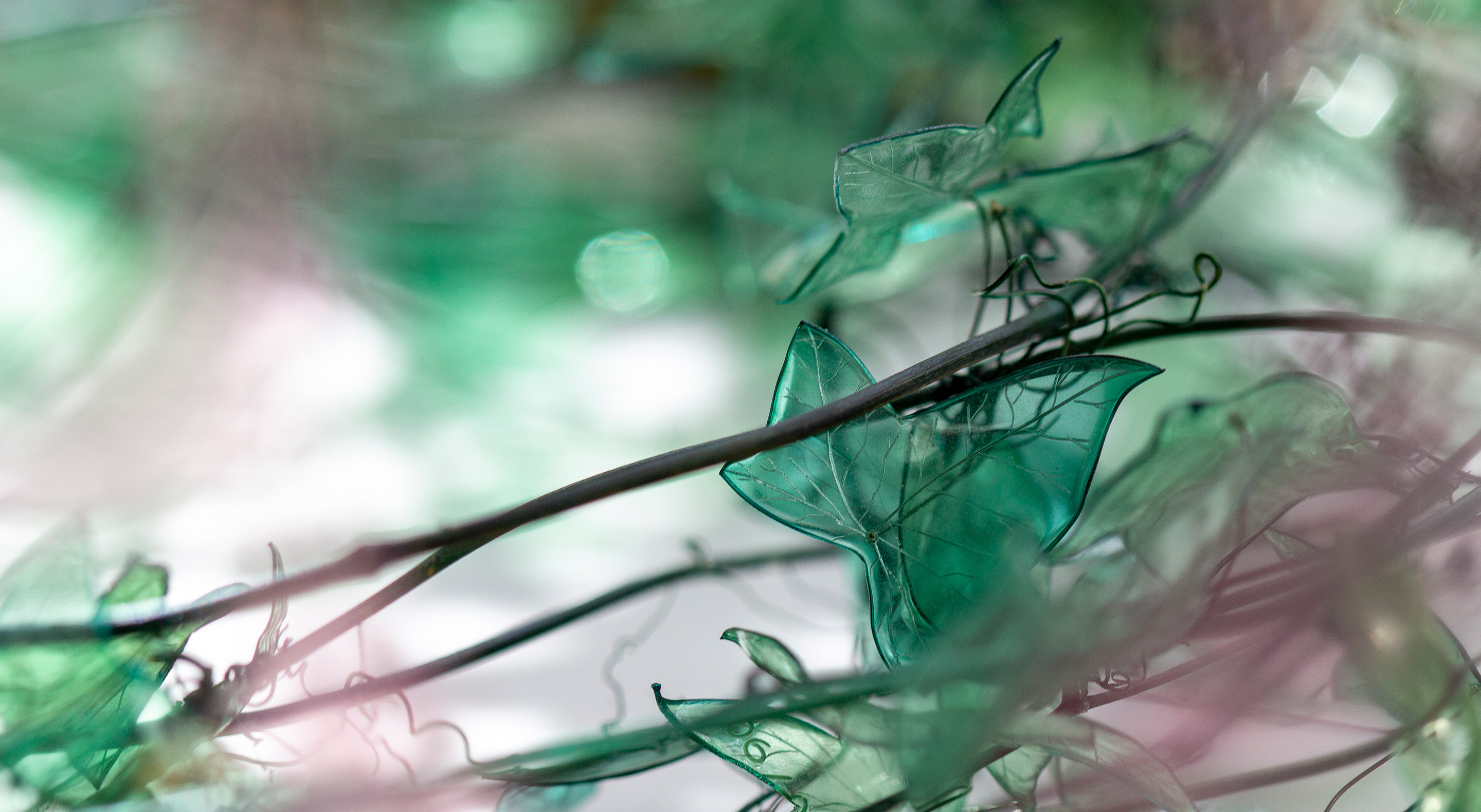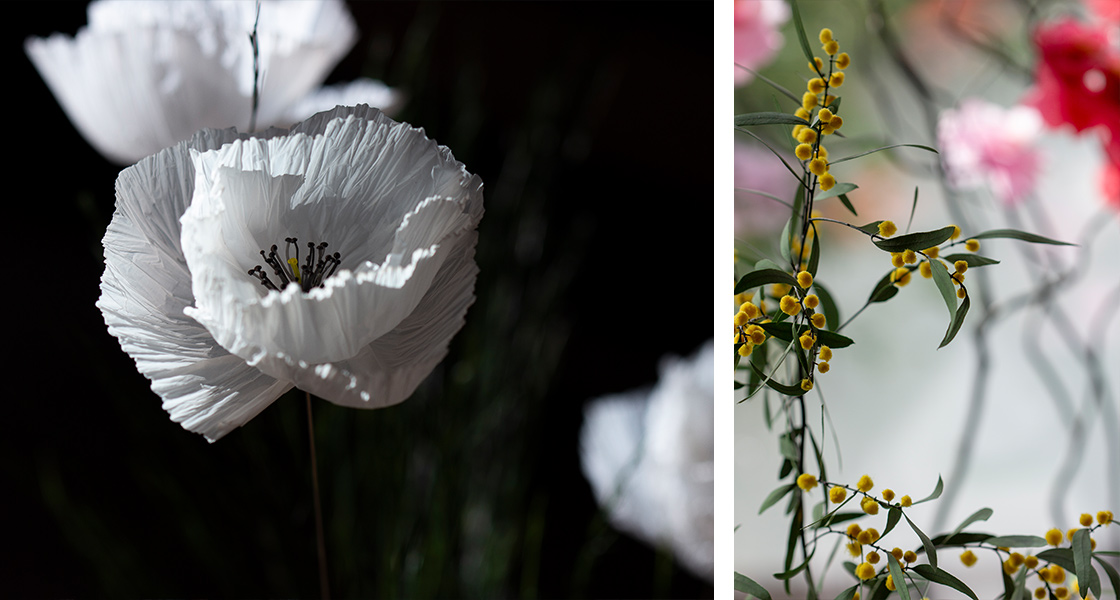William Amor, the poetry of waste
Published on 20 July 2021

From plastic bags or cigarette butts, he creates flowers that are works of art. They will decorate the salons of the Cognacq-Jay Museum where the art of living in the 18th century is exhibited.
"Our times are paradoxical," says William Amor. “Plastic is made to last 400 years, and we make disposable bags...” A self-taught art artist, this Parisian invented a new discipline: ennobling of neglected materials. In his hands, the rebus has the distinction of gold and precious stones. "If you put more value on plastic bags, you wouldn’t want to throw them away," he says. A dress of haute-couture, a jewelry ring, it keeps. And yet, at the beginning a diamond is only a pebble, silk is only a cocoon of a butterfly.” Bringing value to what does not have it is exactly what it does. In his workshop in the craft city of the Villa du Lavoir in Paris, his team spends hours processing the raw materials gleaned in the garbage. They make their bouquets of poetic flowers, commanded by the great luxury brands, hotels, and international collectors. A delicate art, patience, and subtlety. The name of the workshop: Messenger Creations. William Amor gives another meaning to the language of flowers: let us preserve the beauty of life.
It took him years to develop the valuation techniques, true Upcycling in the major mode. It all started with his passion for nature, and especially flowers. "The first one was made out of silk paper 15 years ago. And then I thought about fine plastic, disposable bags. I started looking all around me: the dusty feathers ended up as the stamens of flowers, and then it was the fishing nets sticking out of the sand on the beach, and so on... For 15 years, I had been doing dyeing, shaping, ..." Using cigarette butts, he made the little yellow balls of the mimosas. "I saw the fluffy texture that gives the perfect effect," he says. My job has been to make it an exceptional piece, that’s the role of crafts. My challenge is to reveal beauty, to give emotion. Unable to detect starting material. A little ugly poetry becomes pretty. ”

For Paris Design Week, the Cognacq-Jay Museum invited William Amor to have his garden dialog with his 18th-century art collections. The collection was bequeathed to the City of Paris by the creators of Samaritan Ernest Cognacq and his wife Marie-Louise Jay and is dazzling with refinement. In addition to the paintings of Fragonard, Vigée-Lebrun, Canaletto, and François Boucher, the living rooms display inlaid furniture, porcelain, and precious objects, immersing visitors in the art of living of the time, with the decor of the woodwork of the Donon hotel, a historical residence of the Marais. The flowers are at home: on the golden frames, the porcelain, in the countryside, and even in the hairstyles of the noble ladies. François Boucher's roses will be the ones of William Amor, and then poppies, irises, and blueberries, small flowers of a noble bitumen, they too, in their way.